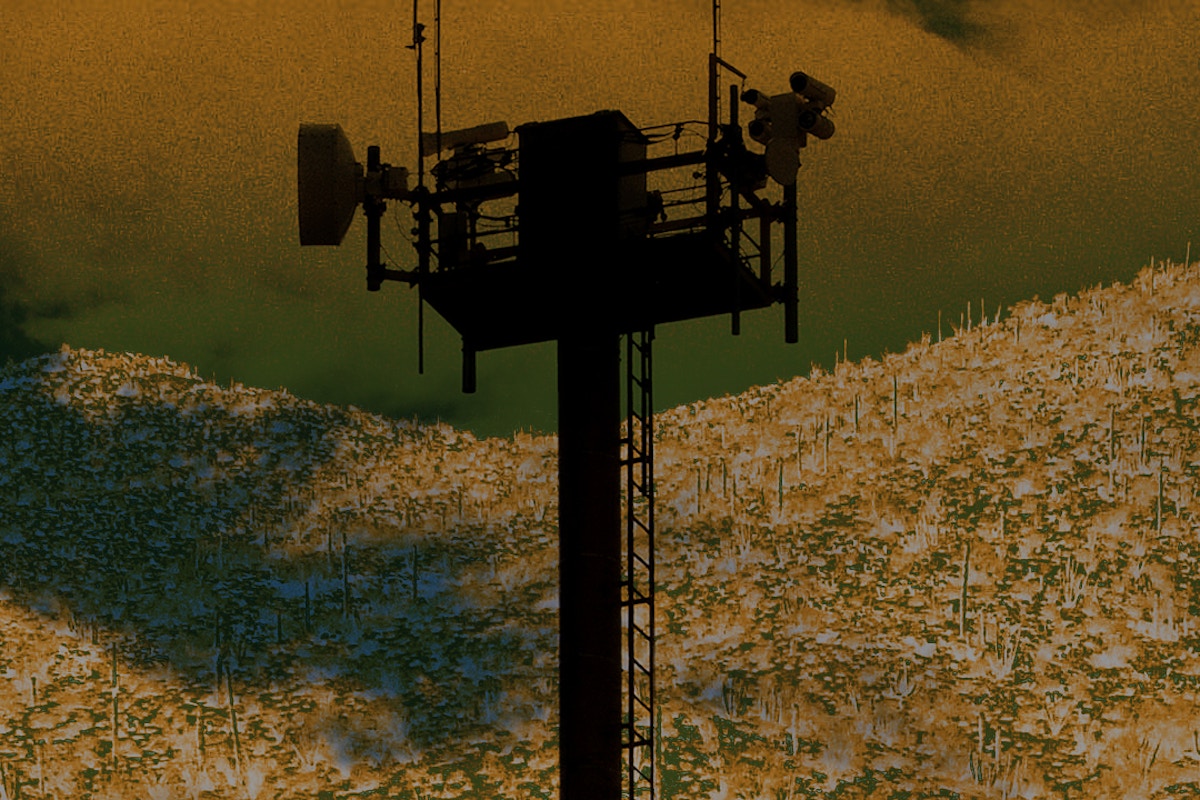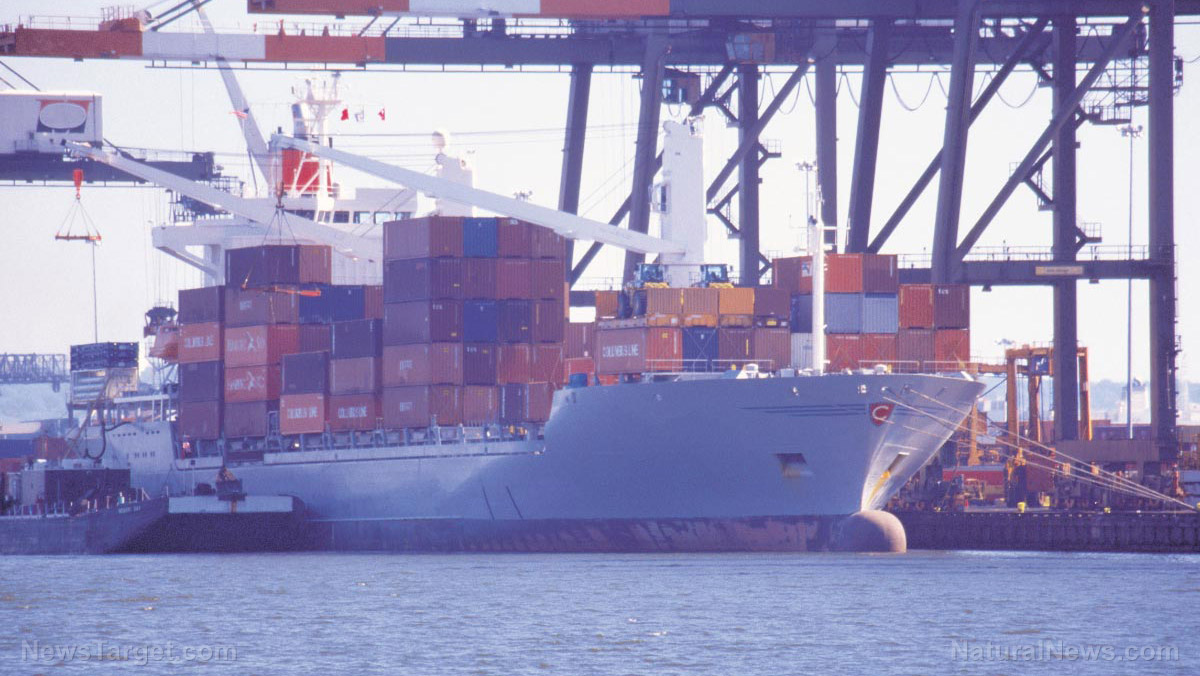The U.S. Border Patrol and an Israeli Military Contractor Are Putting a Native American Reservation Under “Persistent Surveillance”

On the southwestern end of the Tohono O’odham Nation’s reservation, roughly 1 mile from a barbed-wire barricade marking Arizona’s border with the Mexican state of Sonora, Ofelia Rivas leads me to the base of a hill overlooking her home. A U.S. Border Patrol truck is parked roughly 200 yards upslope. A small black mast mounted with cameras and sensors is positioned on a trailer hitched to the truck. For Rivas, the Border Patrol’s monitoring of the reservation has been a grim aspect of everyday life. And that surveillance is about to become far more intrusive.
The vehicle is parked where U.S. Customs and Border Protection will soon construct a 160-foot surveillance tower capable of continuously monitoring every person and vehicle within a radius of up to 7.5 miles. The tower will be outfitted with high-definition cameras with night vision, thermal sensors, and ground-sweeping radar, all of which will feed real-time data to Border Patrol agents at a central operating station in Ajo, Arizona. The system will store an archive with the ability to rewind and track individuals’ movements across time — an ability known as “wide-area persistent surveillance.”
CBP plans 10 of these towers across the Tohono O’odham reservation, which spans an area roughly the size of Connecticut. Two will be located near residential areas, including Rivas’s neighborhood, which is home to about 50 people. To build them, CBP has entered a $26 million contract with the U.S. division of Elbit Systems, Israel’s largest military company.
Tohono O’odham people used to move freely across these lands, Rivas says, but following years of harassment by Border Patrol agents, many are afraid to venture far from their homes.
“Now we won’t be able to go anywhere near here without the big U.S.-Israeli eyes monitoring us, watching our every move,” she says.
Fueled by the growing demonization of migrants, as well as ongoing fears of foreign terrorism, the U.S. borderlands have become laboratories for new systems of enforcement and control. Firsthand reporting, interviews, and a review of documents for this story provide a window into the high-tech surveillance apparatus CBP is building in the name of deterring illicit migration — and highlight how these same systems often end up targeting other marginalized populations as well as political dissidents.



